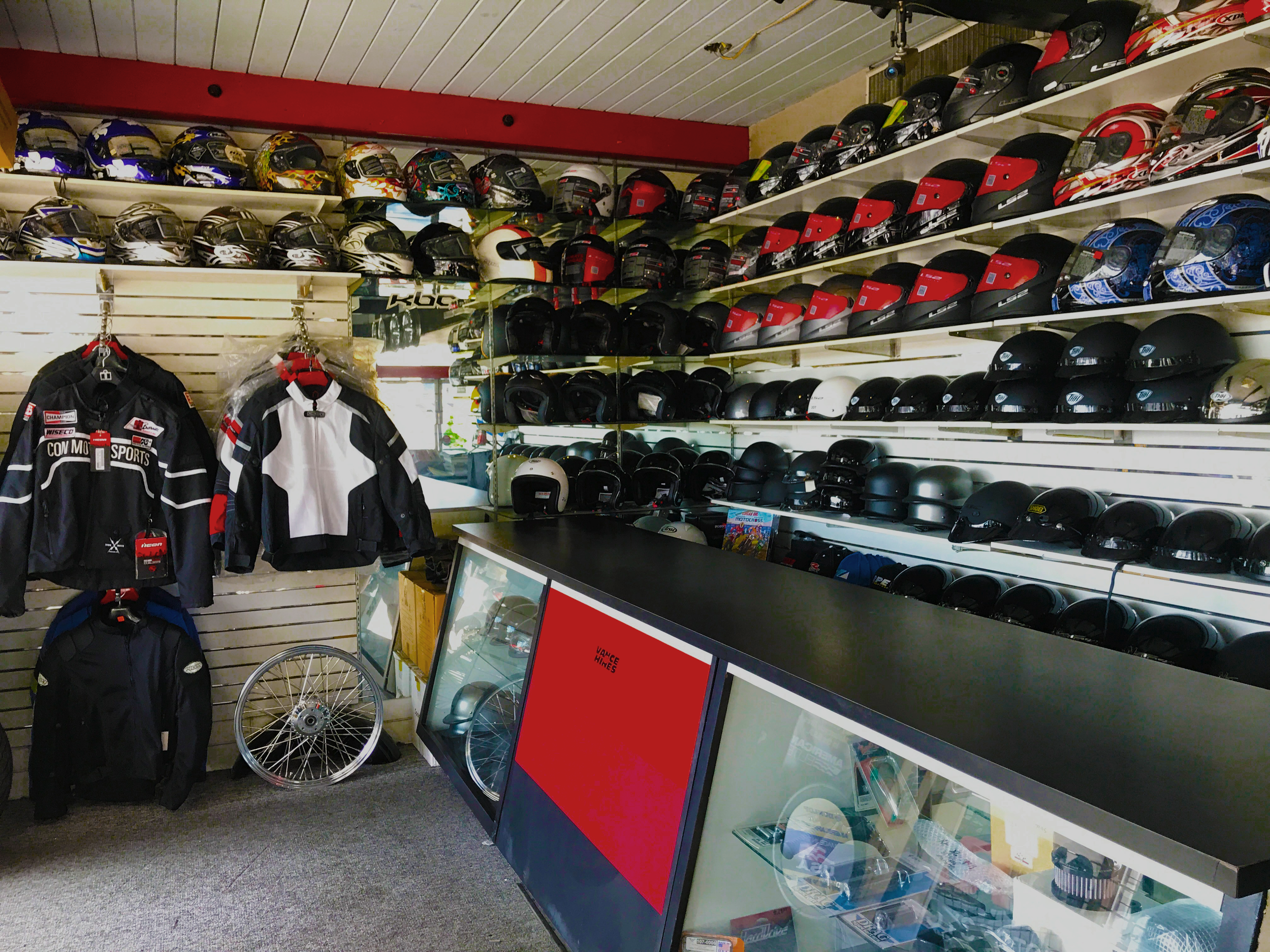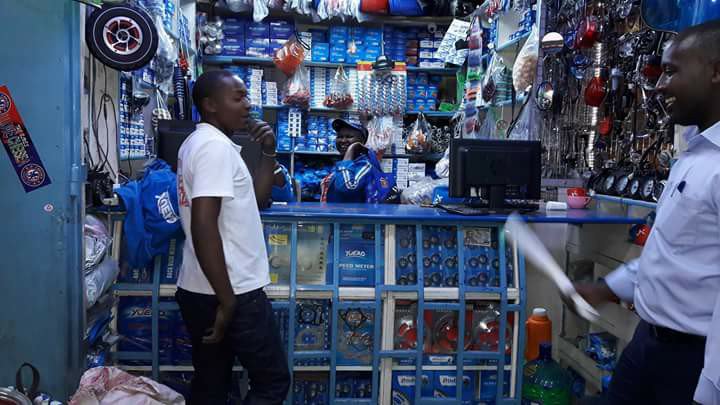A Comprehensive Consider Motorcycle Components: What Every Rider Ought To Know
A comprehensive understanding of motorcycle parts is not just beneficial but critical for any kind of motorcyclist aiming to make the most of efficiency and security. Each element, from the engine's complex functions to the reliability of brake systems, plays a critical role in the total experience and functionality of the bike. However, past feeling in one's bones what these parts do, it is important to value just how they support and interact each other. This interconnectedness can make the difference in between a smooth ride and unexpected complications. What details lie within this mechanical symphony that every motorcyclist should master?
Understanding the Engine
The engine, commonly considered as the heart of a motorcycle, is an intricate assembly of components that function in consistency to transform gas into motion. At its core, the engine's key feature entails the burning process, where air and fuel mix and fire up within the cyndrical tubes, resulting in regulated surges that drive the pistons. These pistons go up and down, converting chemical energy into mechanical energy, which subsequently turns the crankshaft, inevitably powering the bike.

Comprehending the details of a motorcycle engine is important for fanatics and riders alike. It not just offers understanding into how motorcycles accomplish their excellent power and rate yet likewise help in efficient upkeep and troubleshooting, guaranteeing durability and reliability when driving.
Suspension Equipments
While the engine powers the motorbike, the suspension system plays a crucial duty in making certain a smooth and controlled experience. The suspension system is in charge of absorbing shocks from the roadway surface, maintaining tire call, and supplying stability during cornering and braking. It comprises two main components: the front forks and the rear shock absorbers.
Front forks are generally telescopic, having a spring and wetting system. The spring presses and extends to take in bumps, while the dampening device controls the activity to stop extreme jumping. This combination guarantees the front wheel remains touching the road, offering remarkable handling and comfort.
The rear suspension, generally a monoshock or twin-shock setup, works likewise to the front suspension but is tailored to sustain the motorbike's weight and cyclist - motocross gear nz. It handles back wheel activity, contributing to the bike's overall balance and responsiveness
Suspension systems can be adjustable, allowing bikers to tweak preload, compression, and rebound settings according to individual choices and riding problems. This adjustability boosts performance by maximizing the motorcycle's communication with diverse surfaces. In recap, a reliable suspension system is crucial for motorcyclist convenience, safety, and the motorcycle's handling prowess.
Brake Components
Quiting power is an essential aspect of bike safety, and it rests on the performance of the brake parts. The main elements of a motorbike's braking system include the brake pads, calipers, blades, and master cyndrical tube. motorcycle parts nz. Each of these elements plays a critical role in ensuring effective stopping performance
Brake pads are crucial as they produce the necessary friction against the rotors to decrease or quit the motorbike. Created from materials such as sintered steel or organic compounds, the choice of brake pad product significantly affects efficiency and long life. Calipers, real estate the brake pads, use pressure to the pads when the brake lever is engaged, assisting in call with the rotors.
The blades, generally made from stainless steel or cast iron, are placed to the wheels and function as the surface area versus which the brake pads press. Their style, consisting of diameter and thickness, influences warmth dissipation and quiting power. The master cylinder, attached to the brake bar, generates hydraulic pressure transferred with brake lines to the calipers, making sure consistent braking pressure.
Routine upkeep and assessment of these components are essential for optimum performance, protecting against wear and ensuring cyclist security when driving.
Tire Fundamentals
Beyond preserving robust braking systems, guaranteeing optimum tire performance is just as significant for bike safety and security and performance. Tires are the sole get in touch with factor between the road and the bike, making their condition critical in taking care of, security, and general experience quality. Choosing the proper tire kind is vital, as it directly influences grip and efficiency. Options range from visiting to sport tires, each made to suit details riding conditions and designs.
Examine the sidewall for the DOT (Department of Transportation) code to identify the tire's age. Investing attention in these tire essentials not just optimizes efficiency however additionally dramatically enhances riding safety.
Electric Solutions
In the realm of bike maintenance, the electrical system plays a vital duty in guaranteeing reputable performance and motorcyclist safety and security. This detailed network incorporates vital elements such as the battery, generator, starter motor, and circuitry harness. Each element is vital for the smooth operation of the motorbike, motorbike shop from ignition to lights and communication with various sensing units.
The battery functions as the heart of the electric system, providing the needed power to start the engine and run devices. Routinely examining the battery's voltage and terminals for corrosion is essential to avoid unanticipated failings. The alternator, on the various other hand, recharges the battery while the engine is running, making sure a continuous power supply.
The starter motor is accountable for initiating engine procedure, transforming electric energy into mechanical energy. To keep it, bikers must focus on any type of uncommon sounds or problems during start-up. At the same time, the wiring harness works as the vehicle's nervous system, linking all electrical parts. Guaranteeing that the cords are complimentary and intact from damages is important for making sure and protecting against brief circuits performance.
Conclusion

Stopping power is an essential aspect of motorbike safety and security, and it hinges on the performance of the brake parts. The main elements of a motorbike's braking system consist of the brake pads, calipers, blades, and master cyndrical tube.Brake pads are necessary as they produce the needed rubbing against the rotors to reduce down or quit the motorbike.Beyond preserving durable stopping systems, making certain optimal tire performance is just as significant for bike security and effectiveness.In the world of motorcycle maintenance, the electrical system plays a vital function in guaranteeing reputable efficiency and rider safety.